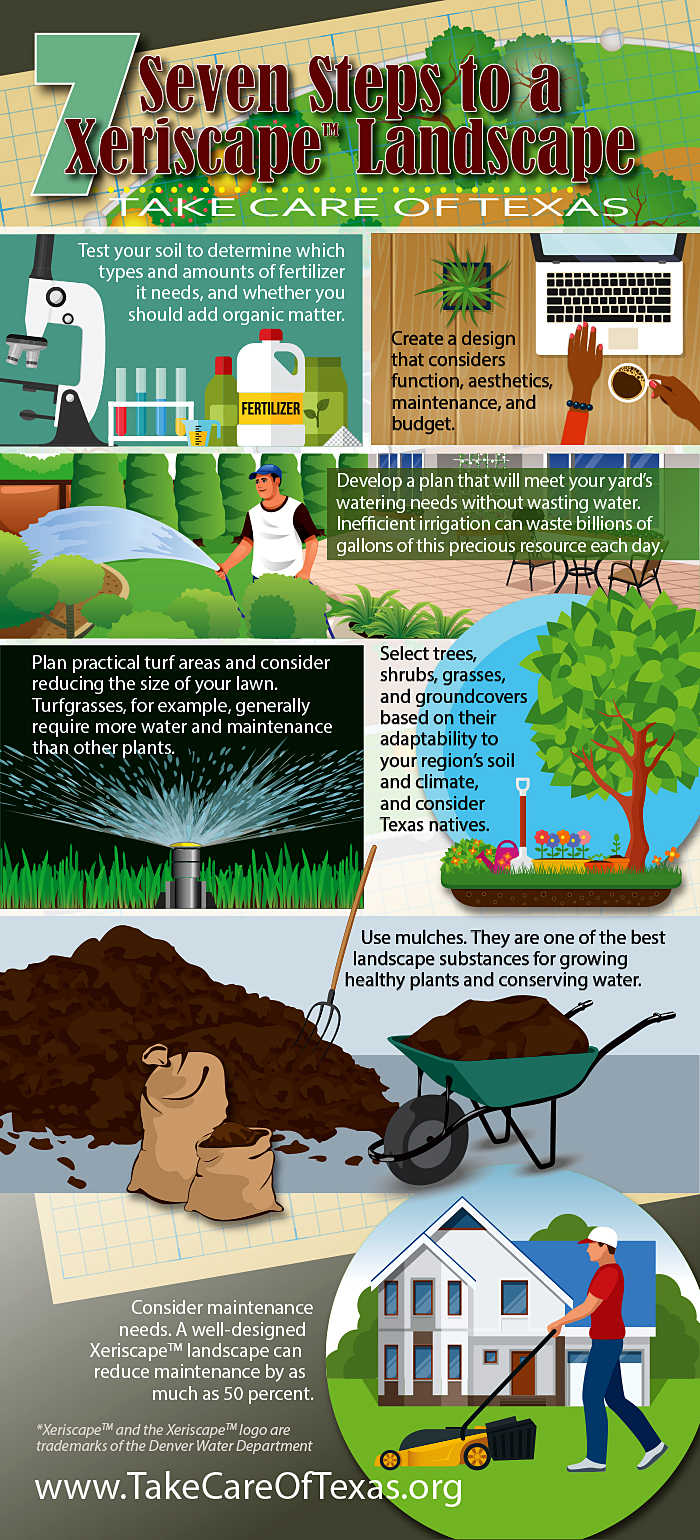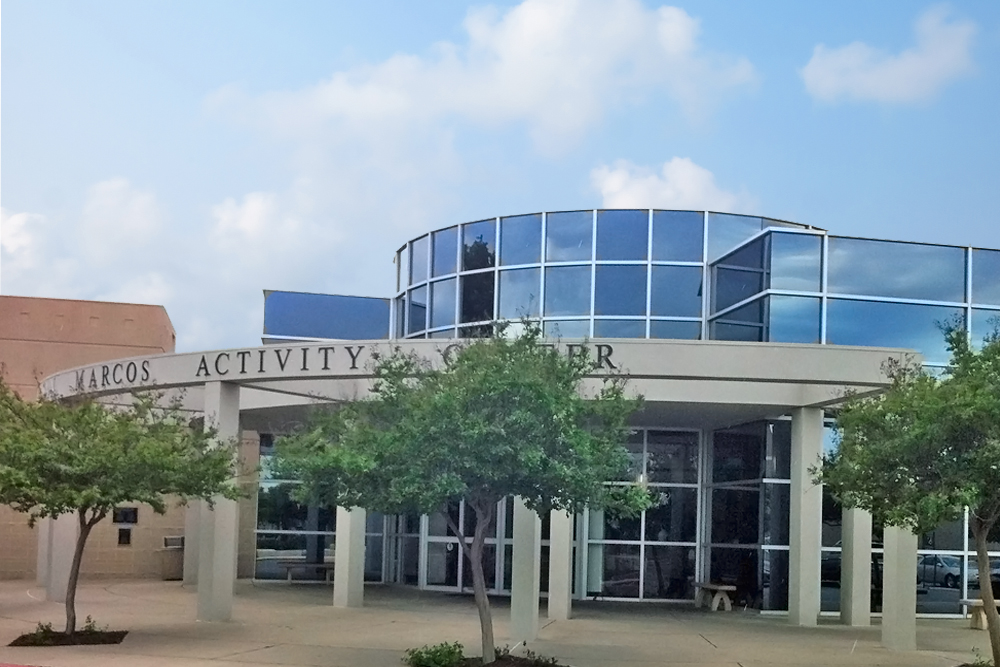Take Care Of Texas’ Ultimate Guide To Xeriscape™ Landscaping
![]() Across the United States, nearly 9 billion gallons of water are used each day for landscape irrigation. As water conservation becomes increasingly important, you may be interested in learning…
Across the United States, nearly 9 billion gallons of water are used each day for landscape irrigation. As water conservation becomes increasingly important, you may be interested in learning…
![]()
Across the United States, nearly 9 billion gallons of water are used each day for landscape irrigation. As water conservation becomes increasingly important, you may be interested in learning how you can use less water in your own yard.
One popular trend you have likely heard of is XeriscapeTM* landscaping. Put simply, this is quality landscaping that conserves water and protects the environment. When you hear “XeriscapeTM” you may think of just cactus and rock gardens.
And while many people enjoy that style, don’t worry¬—if you prefer a green, cool yard full of beautiful plants, you can still save water. XeriscapeTMlandscaping uses less water because it’s based on designs and plants suited to their location. Keep reading to learn how to create your own water-efficient oasis.
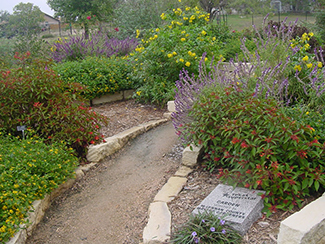
To get the look and function you want while conserving water, start by creating a landscape design. Draw your yard, including the locations of existing structures, trees, shrubs, and grass areas.
Then, consider how you use the parts of your yard, how you want your yard to look, the amount of maintenance you plan to give it, and your budget. To get help, you can work with a landscape architect or a designer, or you can contact your local county Extension agent.
PREPARE YOUR SOIL
Test your soil to determine which types and amounts of fertilizer it needs, and whether you should add organic matter. Your county Extension agent can help you learn more about soil analysis.
Organic matter increases the soil’s ability to absorb and store water in a form available to plants. Shrub and flower beds are the main areas that need organic matter; it’s not necessary to add it under trees, and it’s too expensive for large turfgrass areas.
SELECT APPROPRIATE PLANTS
Choose trees, shrubs, grasses, and groundcovers based on their adaptability to your region’s soil and climate. Consider selecting native Texas plants, which conserve water, provide a habitat for birds, butterflies, and other wildlife, and save money on fertilizers and pesticides. Not to mention, they are also part of what makes Texas unique.
Native plants are becoming more widely available in retail nurseries and garden centers. The Lady Bird Johnson Wildflower Center has a native plant database as well as a list of native drought resistant plants.
You can also select nonnative plants that are adapted to Texas, meaning they are drought, heat, and pest tolerant. Texas Superstar(R) Plants catalogues plants that are beautiful and show superior performance under Texas’s tough growing conditions.
Another helpful tool for finding adapted plants is the Earth-Kind Plant Selector Note that not all plants identified in these two resources are native, and some could be invasive. Invasive species are aggressive and can spread from your yard to wild areas where they can reduce natural diversity, outcompete native plants, and damage the ecosystem.
The Texas Invasives database is a handy tool that can help you research your choices before you buy.
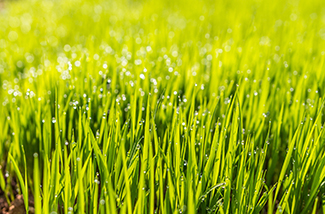
Picking Turfgrass
Turfgrasses generally require more water and maintenance than other plants. One of the best ways to conserve water in your yard is to reduce turf areas, and select a type that is adapted to your region and has a low demand for water.
When designing turf areas, confine grass to blocky, squarish areas. Small, narrow, or oddly-shaped grass areas will make it more difficult to water your lawn efficiently. Learn about the pros and cons of different types of turfgrasses.
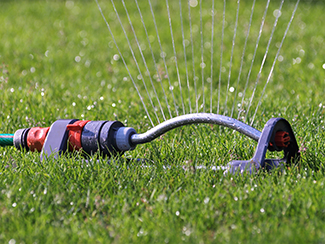
WATER EFFICIENTLY
Billions of gallons of water are wasted each day due to inefficient landscape irrigation. Develop a plan that will meet your yard’s watering needs without wasting this precious resource.
Keep in mind that newly established landscaping will require more water than an established area. Once established, plants should be watered less frequently so they will develop deep roots and withstand drought.
Learn more about watering efficiently in this comprehensive guide.
Consider Your Irrigation System
The goal of any irrigation system is to supplement rainfall, giving plants enough water without wasting it. If you design and install your own permanent system, it must meet state and local standards and requirements.
Contact your local water utility to learn about local rules. If you do not install your own system, you should work with a licensed irrigator.
Order Take Care of Texas’ free guide, Landscape Irrigation, to learn about the types of irrigation systems, irrigation regulations, and watering techniques.
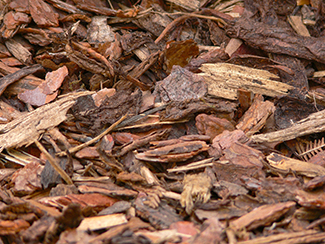
PLAN TO USE MULCHES
Mulch is one of the best landscape substances for growing healthy plants and conserving water.
It aids root development, prevents erosion, suppresses weeds, moderates soil temperature, adds nutrients, reduces moisture loss through evaporation, and can enhance your landscape design.
There are both organic and inorganic mulches. Order Take Care of Texas’ guide, Mulching and Composting, to learn the best ways to use mulch.
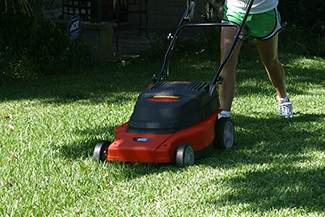
INCORPORATE MAINTENANCE INTO YOUR PLAN
A well-designed landscape that uses XeriscapeTM principles can reduce maintenance by as much as 50 percent.
To keep your yard in tip-top shape, take some time to develop a general maintenance schedule.
- Reapply organic mulches once a year.
- Mow when your grass is at the appropriate height, removing no more than one third of the blade. Learn best practices for mowing turf grass.
- Fertilize your lawn, shrubs, and trees at the proper times and use the correct amount.
- Check your irrigation system periodically to ensure it is operating efficiently.
- Maintain your yard tools.
![]()
